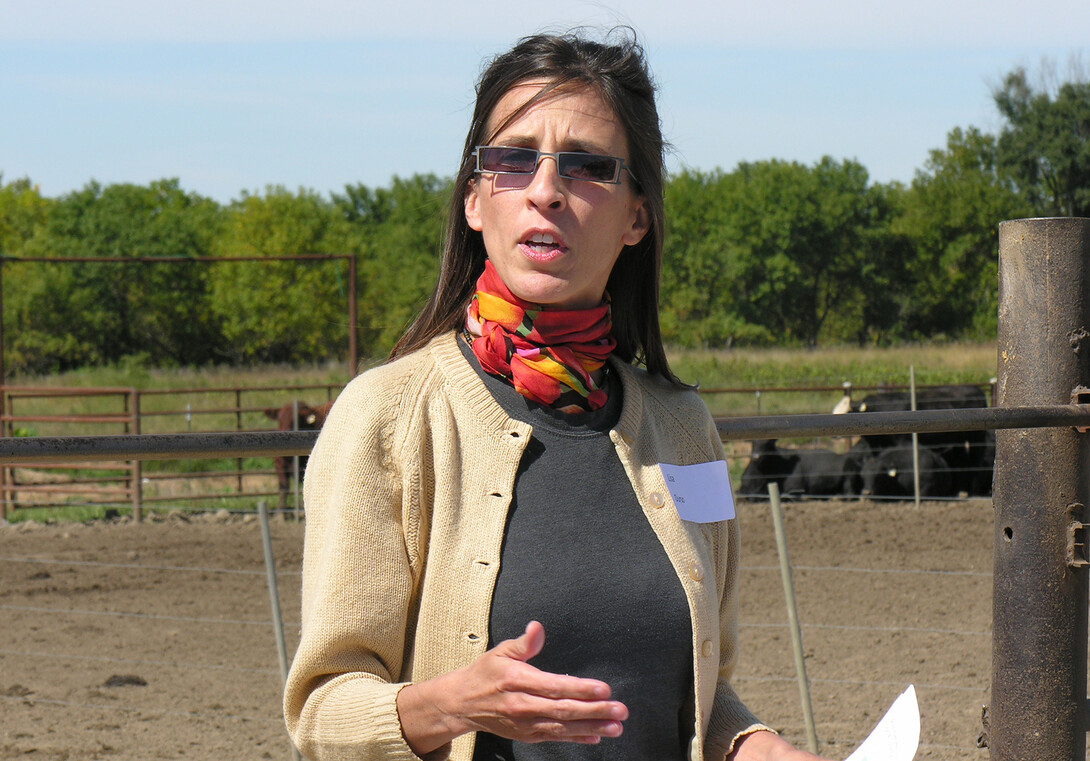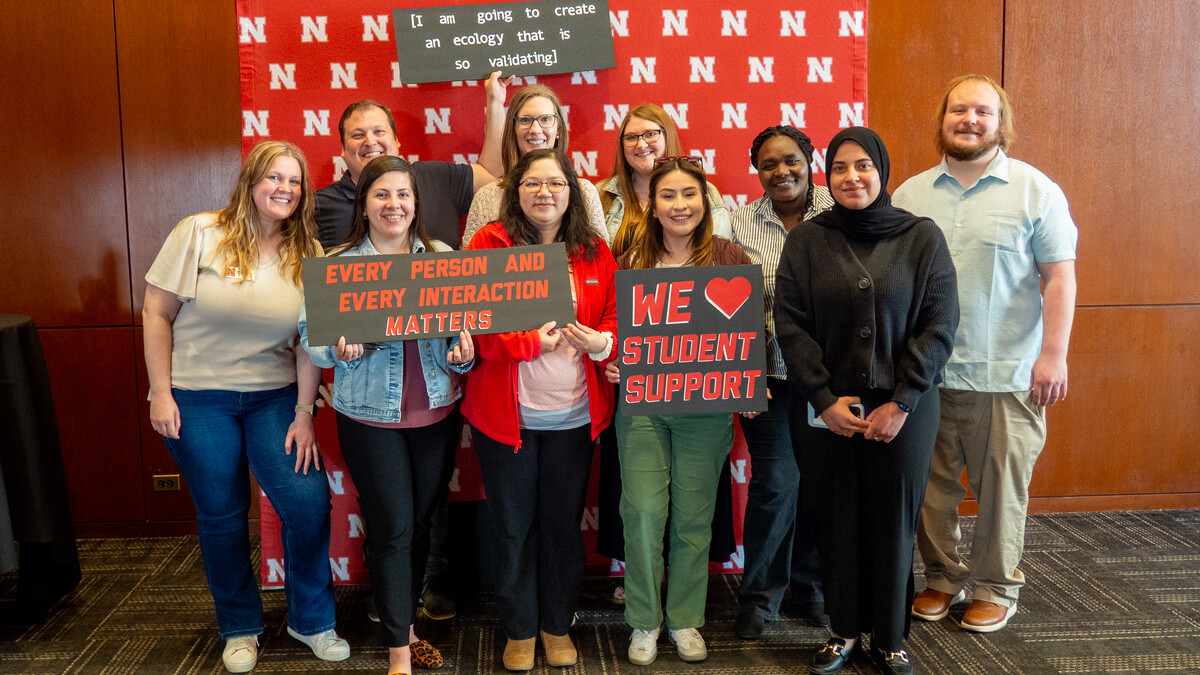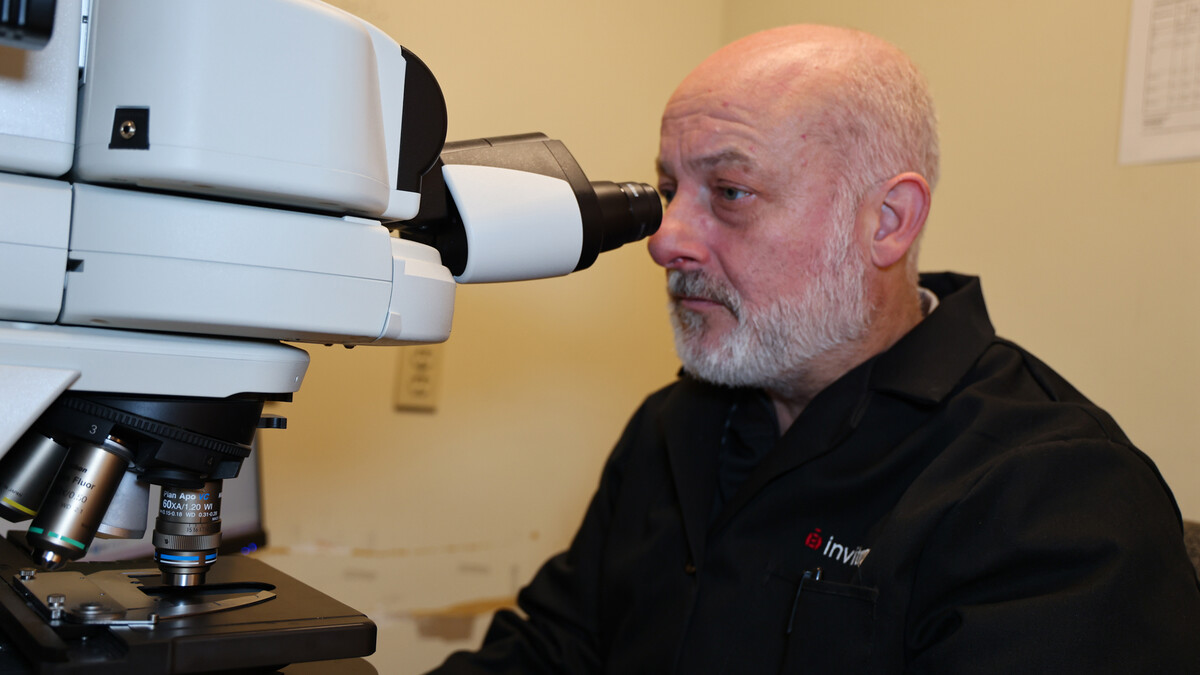
It’s a harsh irony of antibiotics: Along with fighting deadly diseases and stimulating the growth of livestock, they also accelerate the emergence of bacteria that can resist the very drugs designed to kill them.
Yet new research conducted at the University of Nebraska-Lincoln has found antibiotic-resistant bacteria and genes in Nebraska soils not grazed by livestock or inhabited by people, suggesting that antibiotic resistance also occurs naturally in the environment.
The study sampled 20 prairie sites in southeastern Nebraska that have been isolated from animal grazing for two decades or longer. Researchers discovered that every site housed bacteria with resistance to at least two types of antibiotic. In total, 48 percent of the sampled bacteria and genes showed resistance to two or more common antibiotic drugs.
Co-author Lisa Durso, a UNL adjunct and research microbiologist with the U.S. Department of Agriculture, said the study could inform management practices aimed at curbing antibiotic use on feedlots and farms.
“The concern is that the use of antibiotics on the farm causes disease in the clinic,” Durso said. “Given that everyone wants to reduce antibiotic use in the agricultural setting, my question is: What’s the target we want to set for reduction?
“As we move from calling attention to the fact that there is a problem to actually solving the problem, we need to start collecting this baseline data. How you deal with something that’s already there is different than how you deal with something that you are solely creating. If you want to be able to go in and actually do something — design a management practice and ask, ‘Is this effective?’ — you’ve got to know how to measure it and where to start.”
In identifying bacteria and genes with natural antibiotic resistance, the study aligns with recent research that has discovered such bacteria in pristine caves and ice samples from the era of the wooly mammoth, Durso said.
“A lot of people are surprised that antibiotic resistance can occur naturally,” she said. “But the genes and bacteria have been around for a very long time. Antibiotic resistance is an ancient phenomenon.”
Durso co-authored the study with David Wedin, UNL professor of natural resources; John Gilley, research agricultural engineer with the USDA’s Agricultural Research Service; Daniel Miller, ARS research microbiologist; and David Marx, UNL professor emeritus of statistics. The team’s research, which appeared in the Journal of Environmental Quality, was funded by the USDA.








